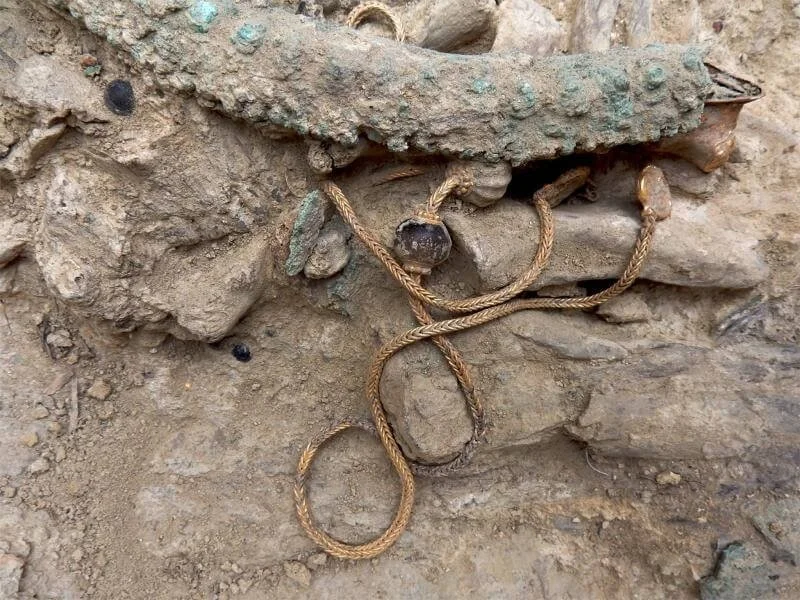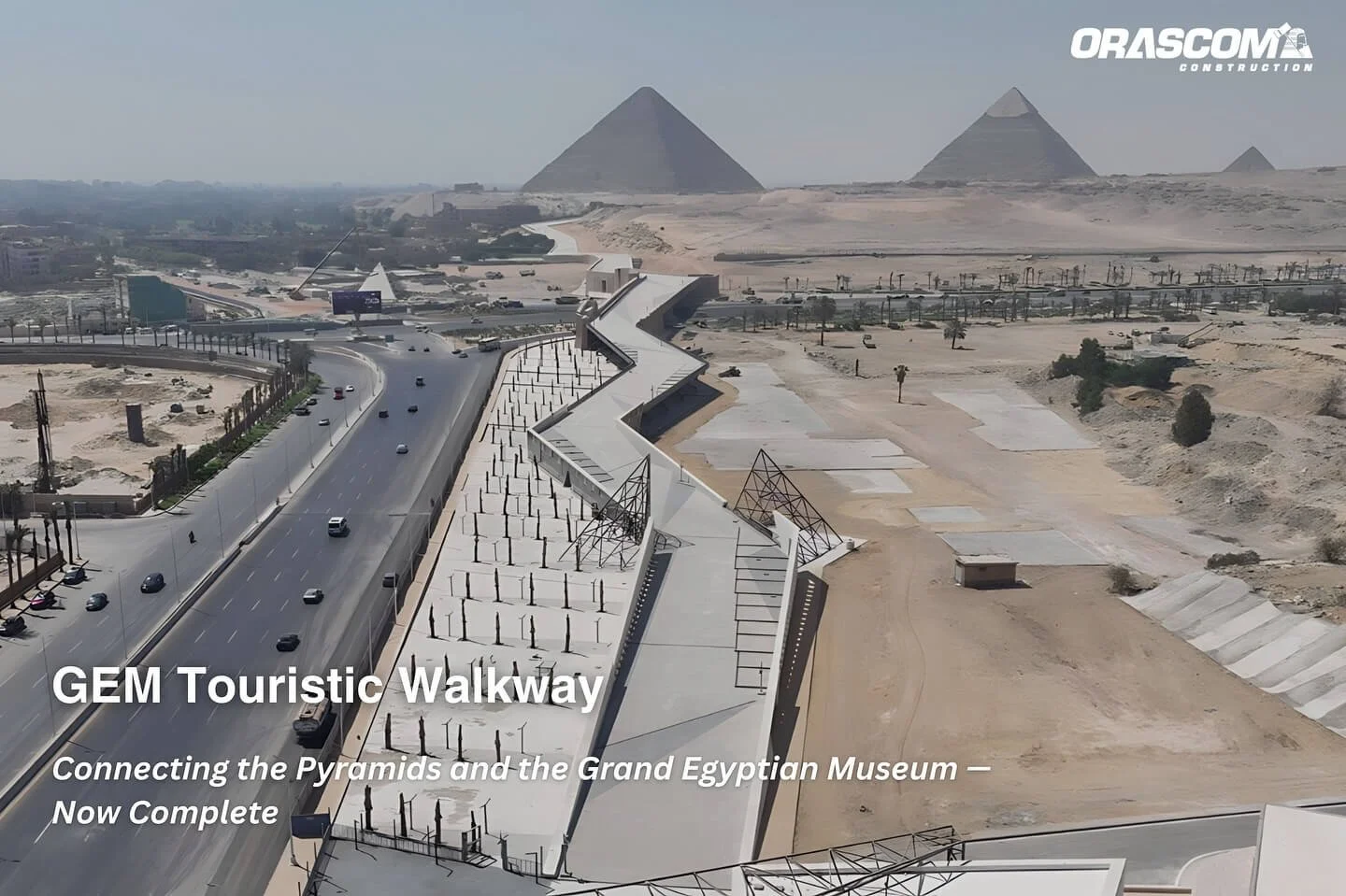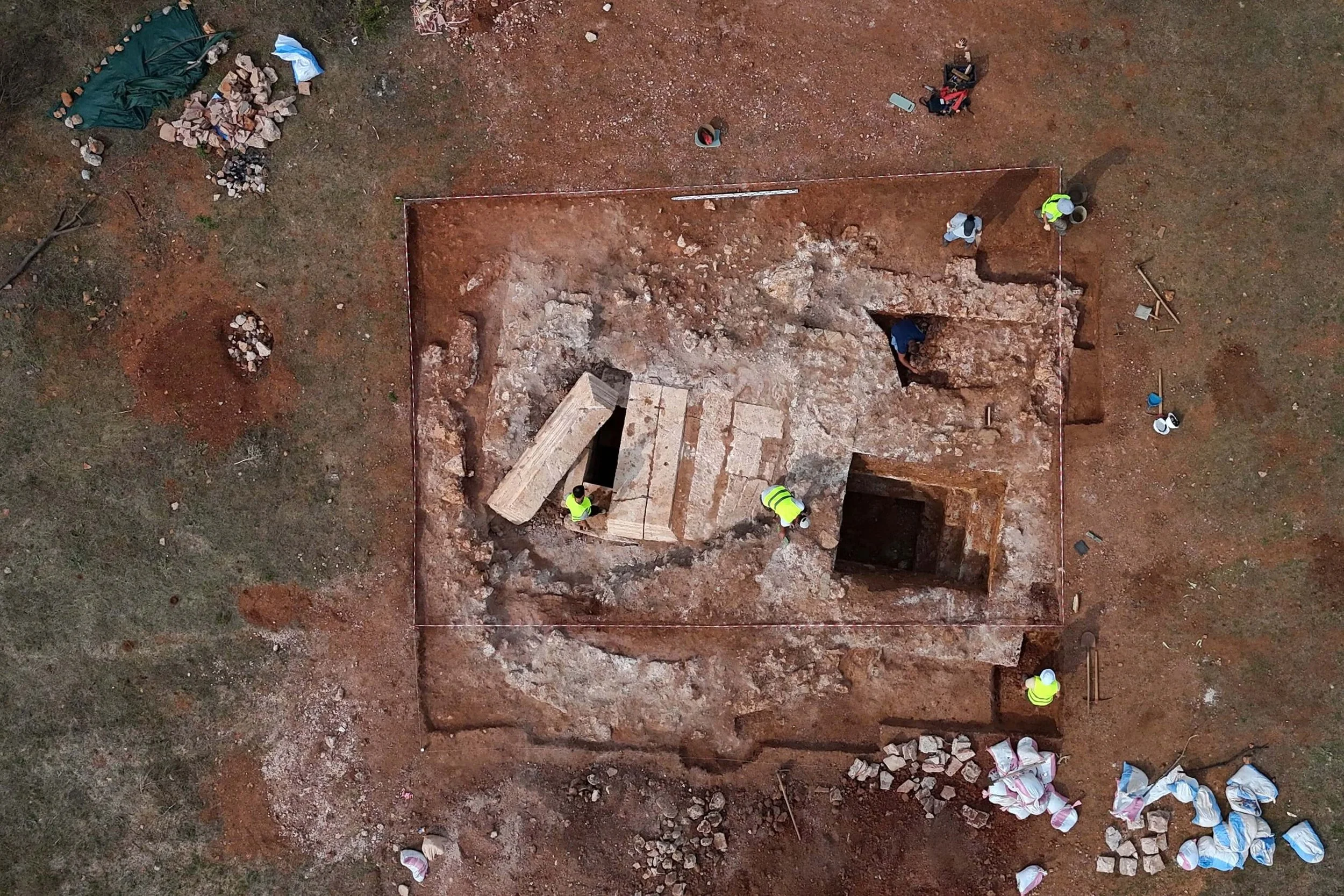A Controversial Discovery Beneath the Giza Pyramids
Scientists claim to have found the legendary Halls of Amenti beneath Egypt’s Giza Pyramids, an alleged "vast underground city." However, archaeologists remain skeptical, dismissing these claims as "false news."
Breakthrough Radar Analysis Redefines Archaeological Exploration
Italian and Scottish researchers studying the Pyramid of Khafre argue that their pioneering study has pushed the boundaries of satellite data analysis and archaeological discovery. According to spokesperson Nicole Ciccolo, the research—dubbed the "Khafre Project"—was led by Corrado Malanga from the University of Pisa, Italy, and Filippo Biondi from the University of Strathclyde, Scotland. Their mission focused on investigating the second-largest pyramid at Giza.
Hidden Structures Revealed by Advanced Radar Technology
Using synthetic aperture radar (SAR) technology, scientists detected five small chamber-like structures within the pyramid. One of these structures contained a sarcophagus, previously misidentified as the tomb of the pharaoh, according to the research team.
These previously unknown structures, now visible through advanced imaging, were discovered at the pyramid’s center. They appear to connect to underground pathways, hinting at the existence of hidden chambers and wells beneath the 4,500-year-old wonder.
A Vast Underground Network?
Electromagnetic signals converted into acoustic data revealed even larger subterranean formations extending hundreds of meters below the surface. The research suggests that eight vertical structures—believed to be wells or shafts—span nearly two kilometers in width and descend almost a kilometer underground.
The purpose of these massive underground formations remains unclear. However, researchers plan further analysis and possible excavations to verify whether they are man-made.
The Role of Space-Based Radar Imaging
Utilizing two satellites orbiting 420 miles above Earth, the team captured radar images of the pyramids. These data were compiled into detailed images, generating an approximate model of what lies beneath Giza, including the eight massive wells.
One of the hollow structures appears to feature spiraling pathways leading deeper underground. Researchers used the gathered data to create a rough 3D model, offering a glimpse of what might remain hidden from the world.
Speculation and Skepticism
Malanga suggested that with enhanced imaging, what lies beneath could be described as a true underground city. However, skepticism quickly arose when the research findings were released without peer-reviewed validation from independent experts.
Expert Dismissal of the Findings
Dr. Zahi Hawass, a renowned Egyptologist and former Minister of Antiquities, dismissed the claims as "completely false" and "fake news." He stated that radar technology was not used inside the pyramid and that the techniques employed were neither scientifically approved nor verified.
Similarly, a researcher from the University of Denver called the claims "exaggerated," arguing that current technology is not advanced enough to produce such detailed imagery. Radar expert Lawrence Conyers added that the five smaller structures detected just below the surface could simply be remnants of the region’s long and sacred history.
According to Conyers, the Giza Plateau was a significant spiritual site for ancient civilizations long before the pyramids were built.
Theories Fuel Interest in Ancient Egyptian Mysteries
Despite skepticism, the claims have intensified interest in the possibility of discovering ancient texts and artifacts linked to Egyptian mythology. Ciccolo noted a striking resemblance between the layout of the underground chambers and the legendary Halls of Amenti described in ancient myths.
The Halls of Amenti are believed to include the mythical Hall of Records—a hidden chamber supposedly located beneath the pyramid complex or the Great Sphinx, containing knowledge about ancient civilizations.
“These new archaeological findings could redefine our understanding of ancient Egypt’s sacred geography,” Ciccolo added, suggesting they provide spatial coordinates for previously unknown and unexplored subterranean structures.
What’s Next?
While the discovery remains controversial, ongoing technological advancements may soon provide definitive answers about what truly lies beneath the Giza Pyramids. Whether this is a groundbreaking revelation or just another speculative theory, the mystery of Egypt’s ancient wonders continues to captivate the world.






















































